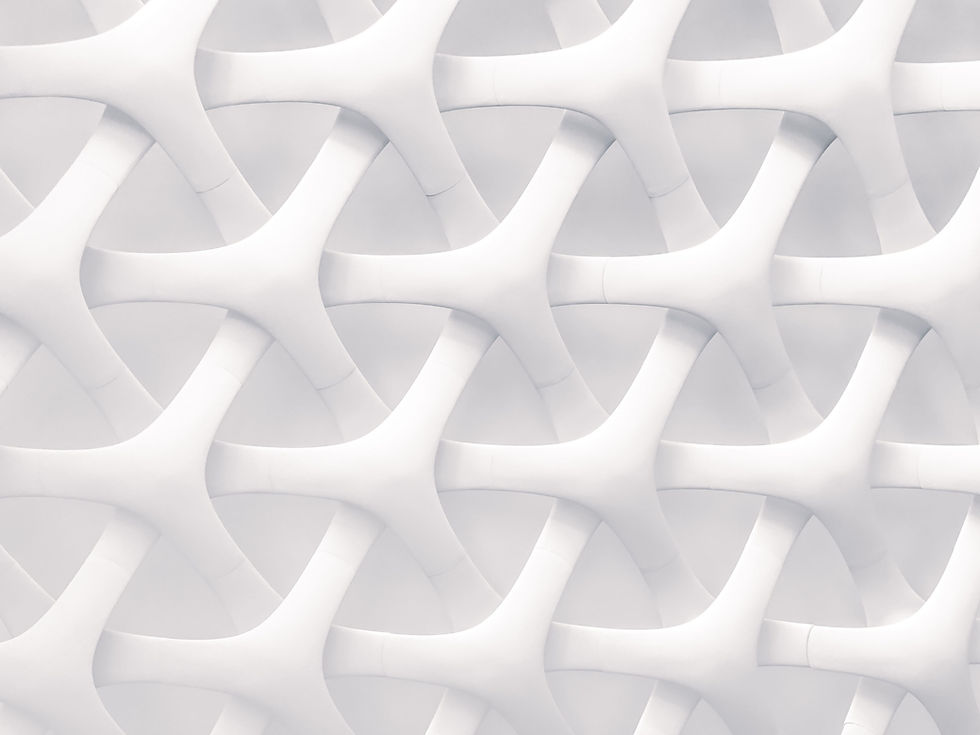

FINITE GEOMETRY
The Centre uses its breadth of knowledge of permutation groups, graph theory, computation and algebraic combinatorics to study finite geometries.
Finite geometry is just that: geometry with finitely many points, finitely many lines, and so on.

One of the reasons why finite geometry is interesting is that some of the properties of Euclidean geometry still hold in the finite world. For example, Pascal's Theorem states that the three points of intersection of opposite sides of a hexagram inscribed in a conic lie on a line (see the picture below). The same result holds in the corresponding finite plane. (To be precise, we should take a finite projective plane satisfying the theorem of Desargues).

Finite geometry is intimately linked with experimental design, information security, particle physics and coding theory. Apart from being an exciting and interesting areas in combinatorics, finite geometry has many applications to algebraic geometry, group theory, codes, graphs and designs.
A building is a combinatorial and geometric structure which generalises many of the widely known geometries, such as projective spaces, polar spaces and trees. This field, initiated by Jacques Tits in the 70s as a way to understand the exceptional groups of Lie type, has many applications mainly to group theory.
Some highlights of the work of the CMSC are the following:
-
Bamberg, Li, and Swartz have characterised generalised quadrangles that admit locally 2-transitive symmetries.
-
Bamberg, Giudici, and Royle have shown that every flock generalised quadrangle (with an even number of points) has a hemisystem.
-
Royle and Penttila classified all of the ovoids of finite projective 3-space for all orders up to 32.
-
Devillers, Muhlherr, and Van Maldeghem showed that a 3-spherical building in which each rank 2 residue is connected far away from a chamber, and each rank 3 residue is simply 2-connected far away from a chamber, admits a twinning (i.e., is one half of a twin building) as soon as it admits a twinning with a single chamber.



